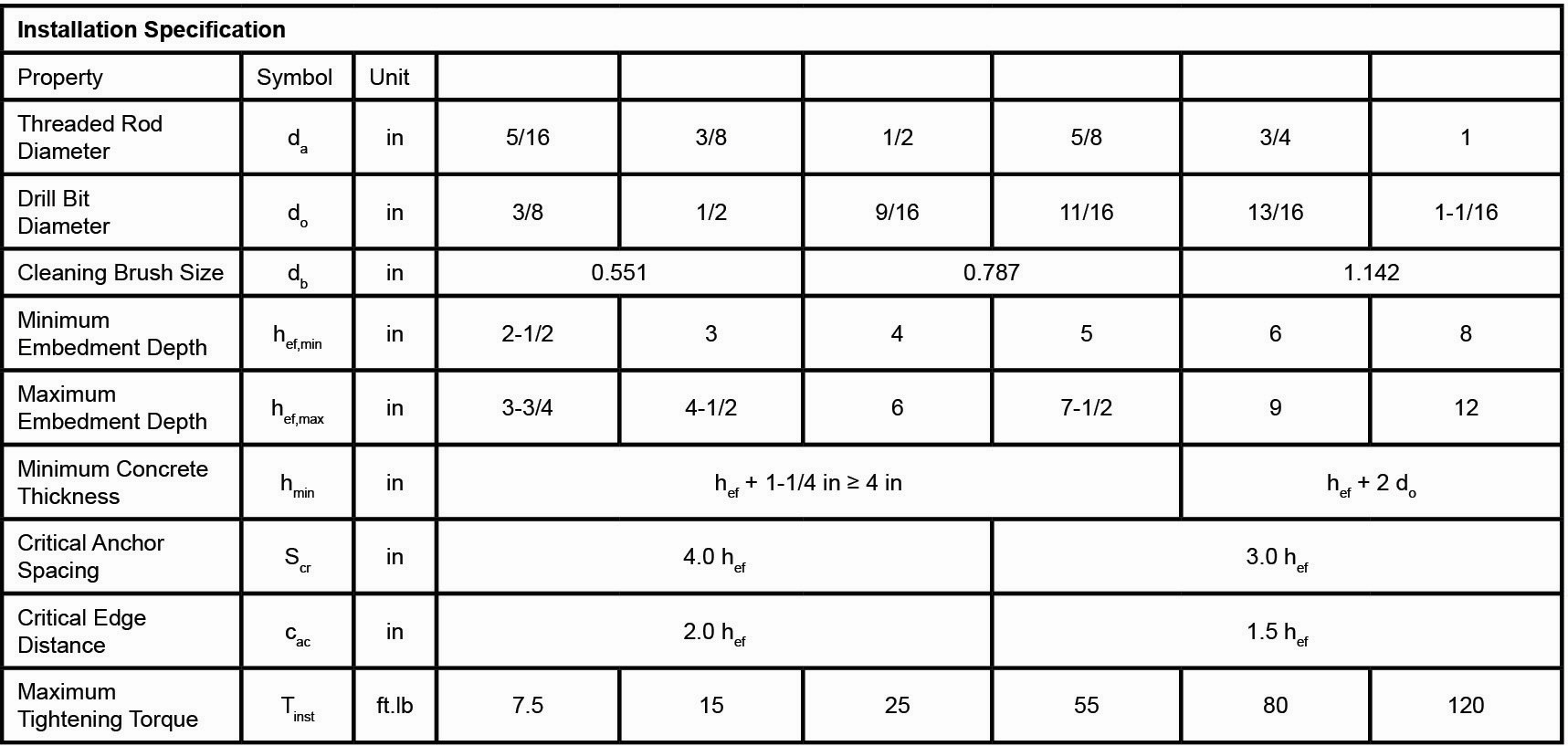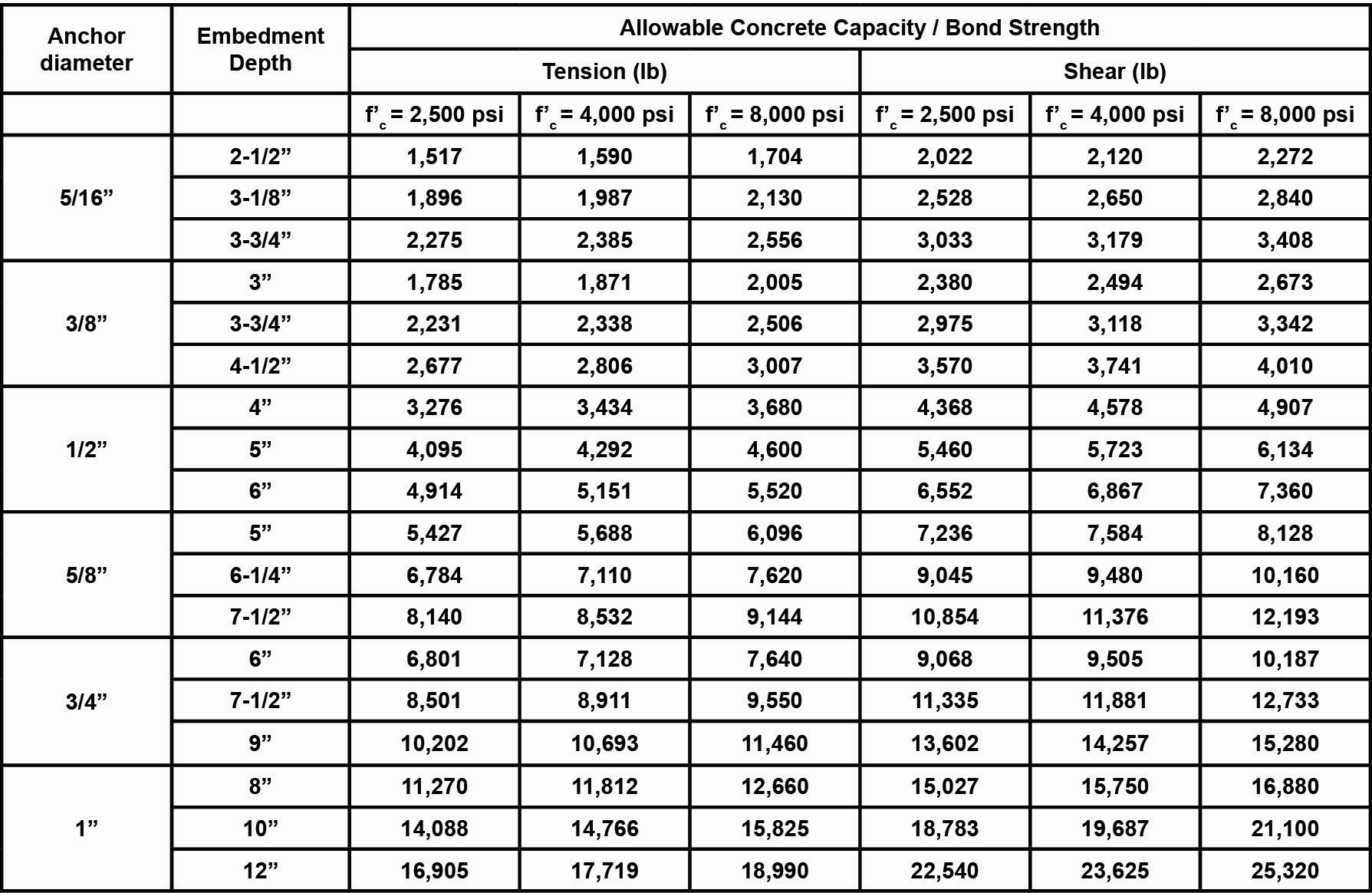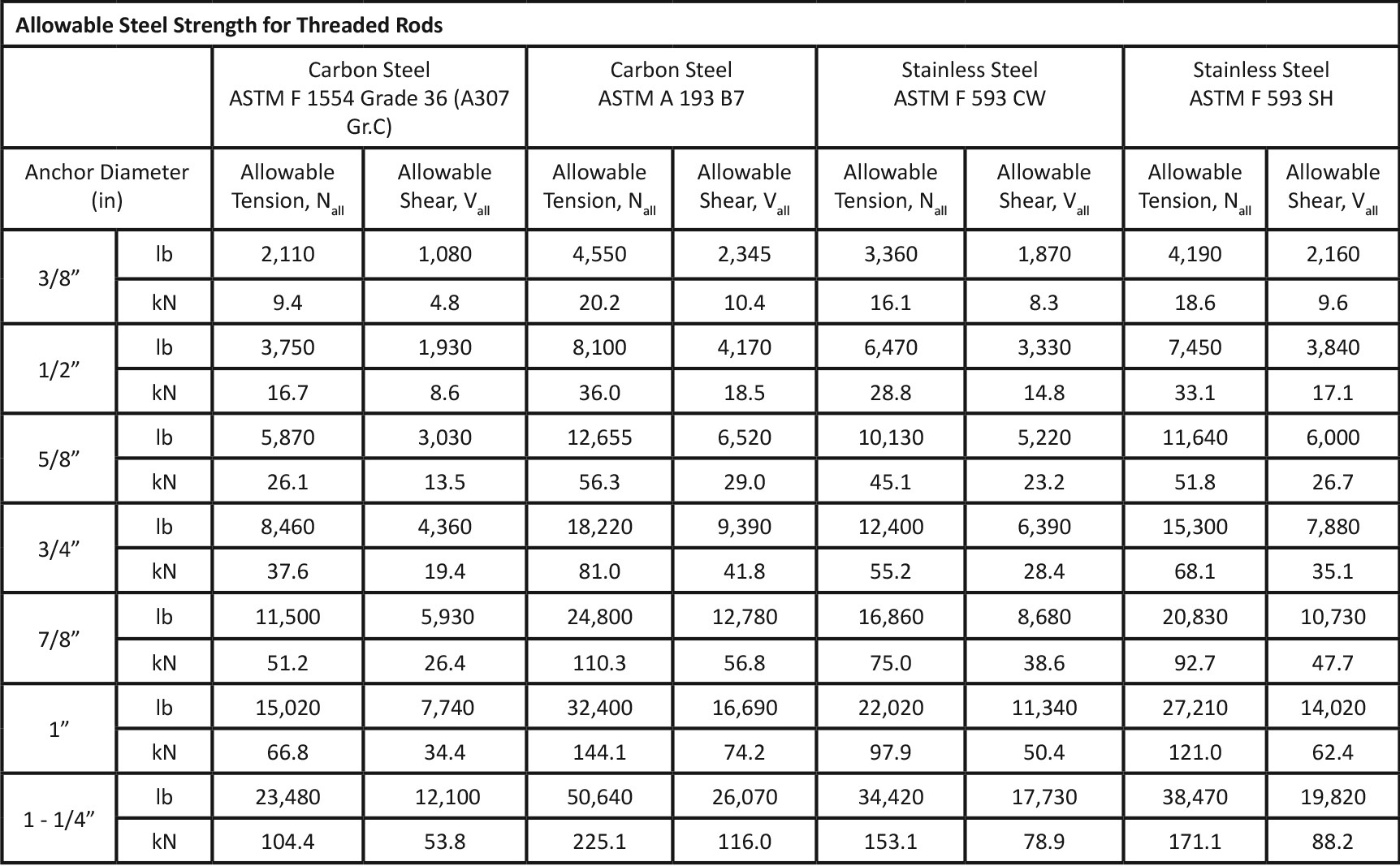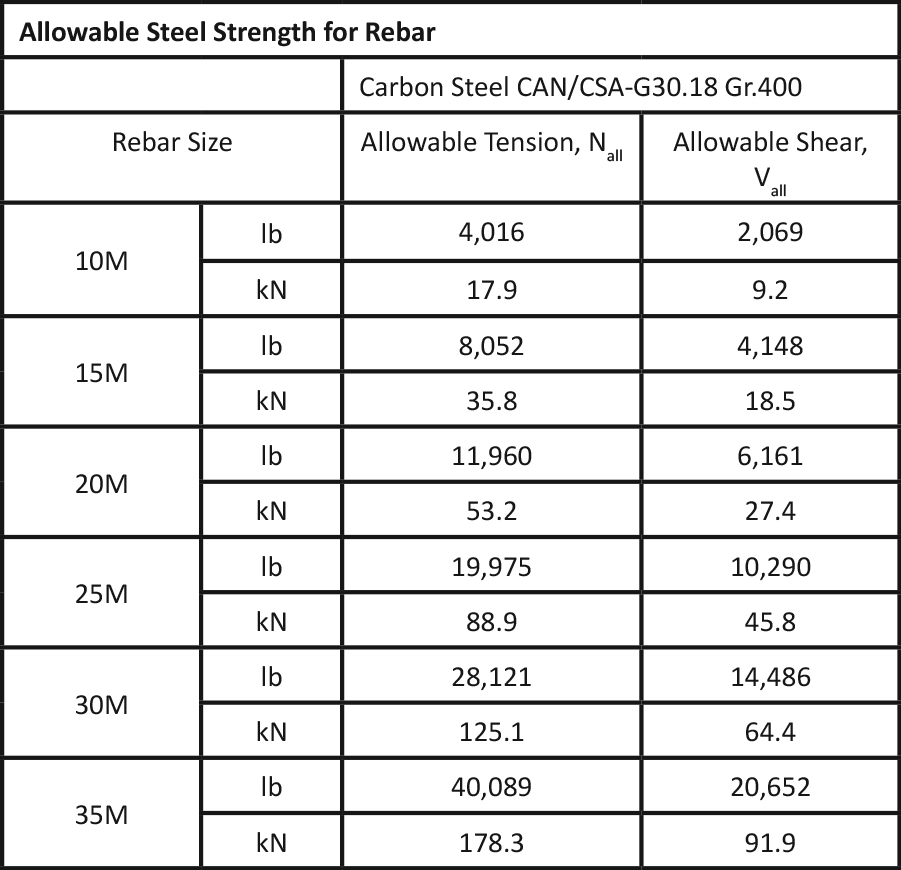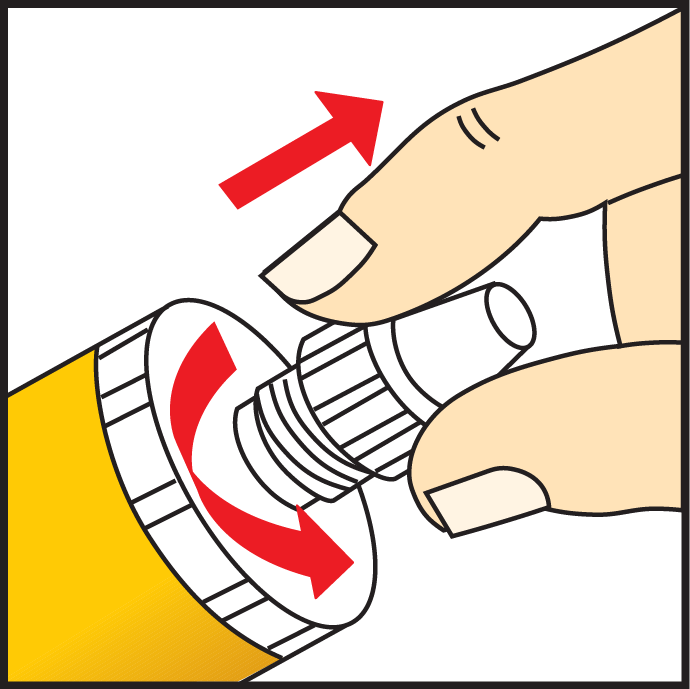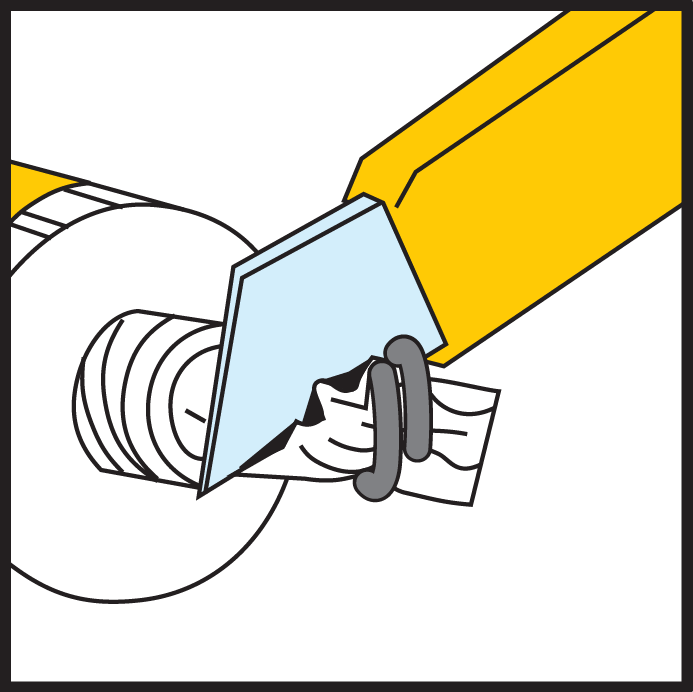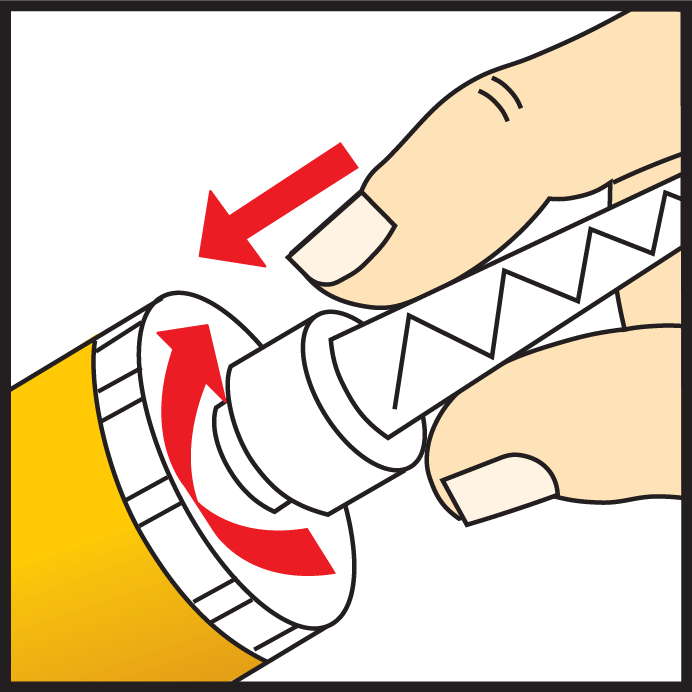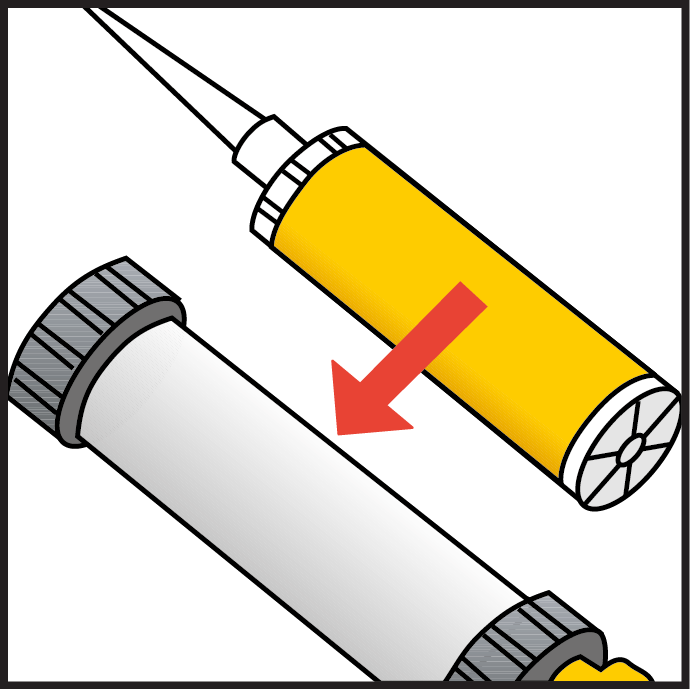













Sika AnchorFix®-1
High strength, two component adhesive anchoring system
Sika AnchorFix®-1 adhesive anchoring system has been specially formulated as a high-performance, two component adhesive anchor system for threaded and reinforcing bars in uncracked concrete.
- Fast curing
- Standard guns can be used
- Can be used at low temperatures
- High load capacity
- Non-sag, even overhead
- Styrene-free polyester resin
- Low wastage

